Hey there!
Picture this: endless rolling plains, majestic mountains, and a sense of tranquility that seems almost otherworldly.
But wait, you must be wondering, is Montana rural?
Let me tell you, Montana is the epitome of rural beauty.
With its vast open spaces and low population density, this state is a haven for those seeking respite from the frantic buzz of city life.
But it’s not just about escaping the concrete jungle, my fellow adventurer.
Montana offers so much more. Whether you’re into outdoor activities like hiking and fishing or yearn for a simpler, quieter way of life, this state has it all.
- Related article: Montana on US Map
Join me as we unravel the mysteries of this rural paradise and uncover the magic that lies within.
What Does Rural Mean?
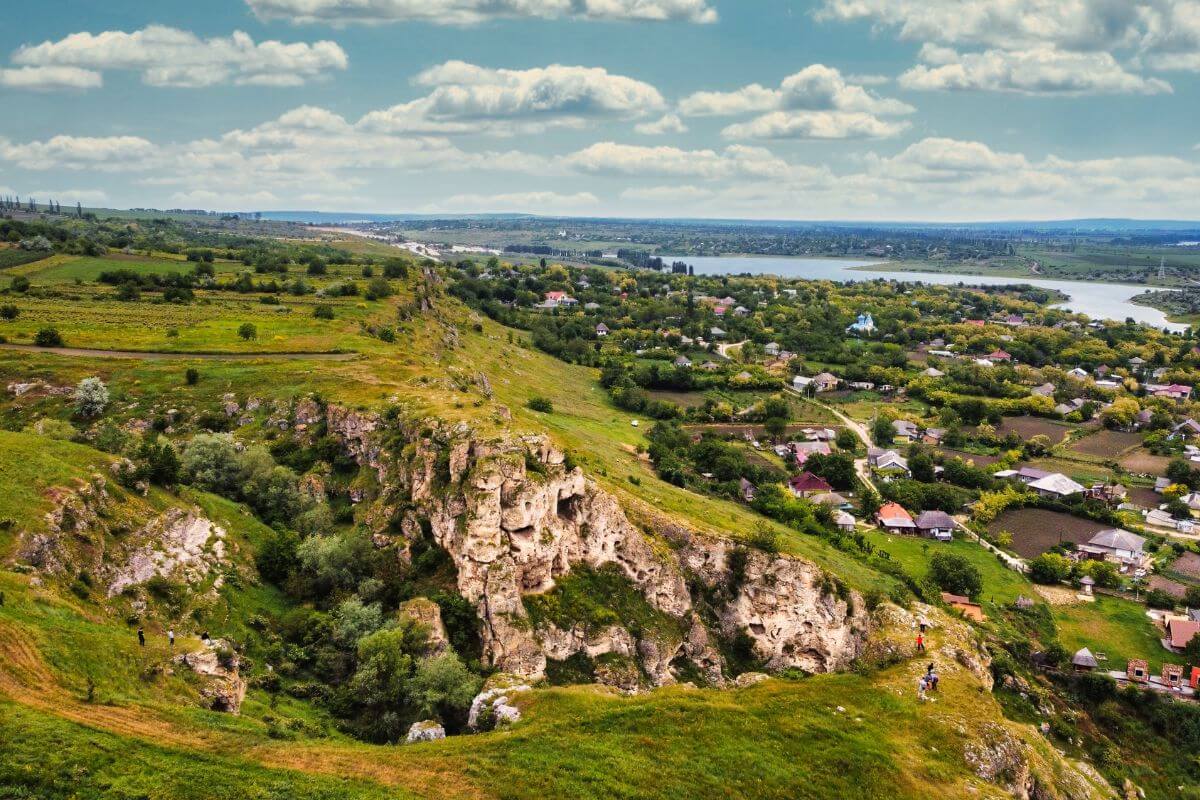
What exactly defines a rural area and how are these regions categorized? The answer lies in a complex system that has evolved over time.
The U.S. Census Bureau is one federal agency responsible for defining and categorizing rural areas.
They adopt a simple approach: rural is what is not urban.
However, the definition of urban areas varies depending on the agency. For the Census Bureau, urban areas are primarily determined by population density and other measures of dense development.
When drawing the boundaries of an urban area, factors such as residential population density, land use patterns, and distance are considered.
This helps identify areas with high levels of human activity and infrastructure.
Urban areas are further categorized into urbanized areas, which contain 50,000 or more people, and urban clusters, which have at least 2,500 but fewer than 50,000 people.
These classifications are based on various criteria, including population thresholds, density, land size, and distance.
Now, even though rural Montana isn’t as packed as the big cities, it’s got this fantastic, cozy way of living.
The people here really cherish their land and the stunning nature all around.
Even though there aren’t a ton of folks around, Montana’s rural schools are committed to giving kids a top-notch education, making sure each child gets the care and attention they need.
Rural Montana, with its picturesque landscapes and tight-knit communities, truly exemplifies the essence of living beyond the bustle of urban life.
Rural vs Urban: What’s the Difference?
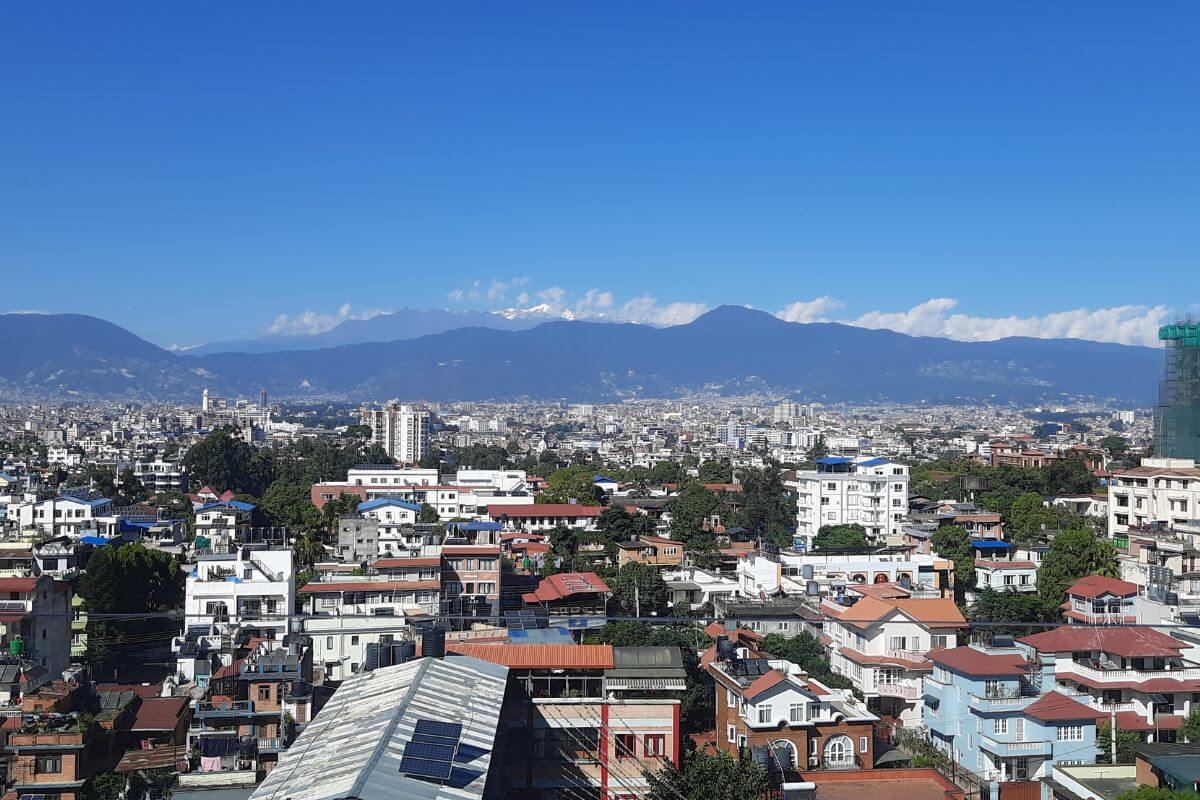
It’s fascinating how two types of regions can coexist, each with its own unique characteristics.
The definitions of urban and rural are updated every decade after the decennial census, serving as a compass to guide us through the intricacies of these distinctions.
| RURAL | URBAN | |
| Definition | Defined as the complement of urban, with urban areas being defined first, followed by categorizing the remaining areas as rural. Different federal agencies may have varying rural definitions. | Defined by population density and dense development measures. Urban boundaries encompass developed territory, considering population density, land use, and distance. |
| Population Count | Rural areas are identified by low population density and their geographical separation from urban centers. | Urban areas are classified into urbanized areas (50,000+ people) and urban clusters (2,500 to 50,000 people). Classification relies on population thresholds, density, land use, and distance. |
The American Community Survey (ACS) relies on these definitions for the decade following the census.
However, it’s important to note that the definitions remain fixed throughout the ACS period.
This stability allows us to examine the classification of counties into rural or urban categories, which is primarily based on the percentage of the population that is considered rural.
Counties are divided into three categories: completely rural, mostly rural, and mostly urban.
Determining the classification of counties as rural or urban can be complex. Factors such as population centers, land area, and settlement patterns all play a role.
While urban areas are generally more populous, rural areas cover a significant portion of land while containing a smaller percentage of the population.
In general, rural areas are defined by their low population density and their distance from urban areas.
This leads to a different way of life, with communities in rural Montana thriving amidst a shared love for the land and a deep appreciation for the beauty that surrounds them.
So, whether you prefer the hustle and bustle of city life or the tranquility of rural living, understanding the differences between rural and urban areas opens up a world of possibilities.
11 Most Rural Counties in Montana
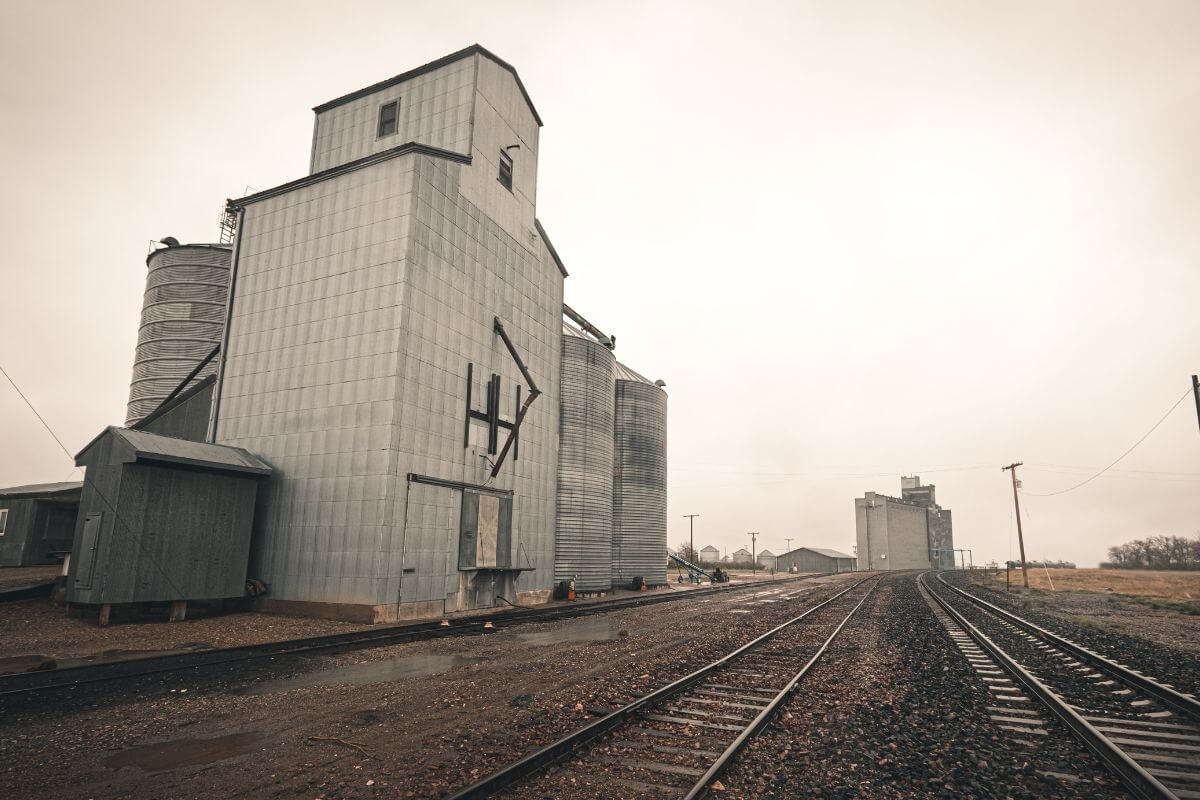
When it comes to rural areas, Montana never fails to impress. Let me take you on a journey through the 11 most rural counties in this captivating state.
1. Garfield County
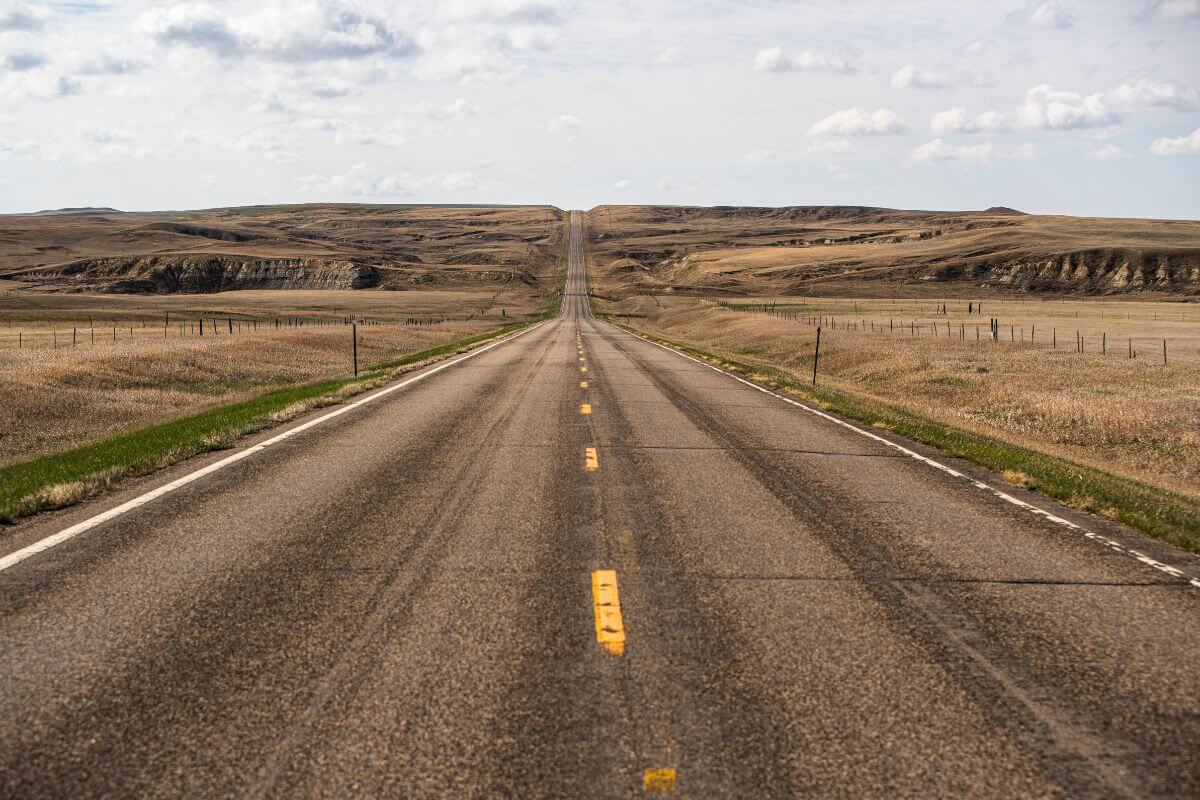
Garfield County is massive, covering a whopping 4,675 square miles, and it feels like you’re really out in the quiet, away from all the city noise.
But what’s really interesting about Garfield County is how few people you’ll find there.
There are only about 0.2 folks for every square mile, and in total, there are just 1,051 residents. That makes it the place in Montana with the fewest people per square mile.
2. Petroleum County
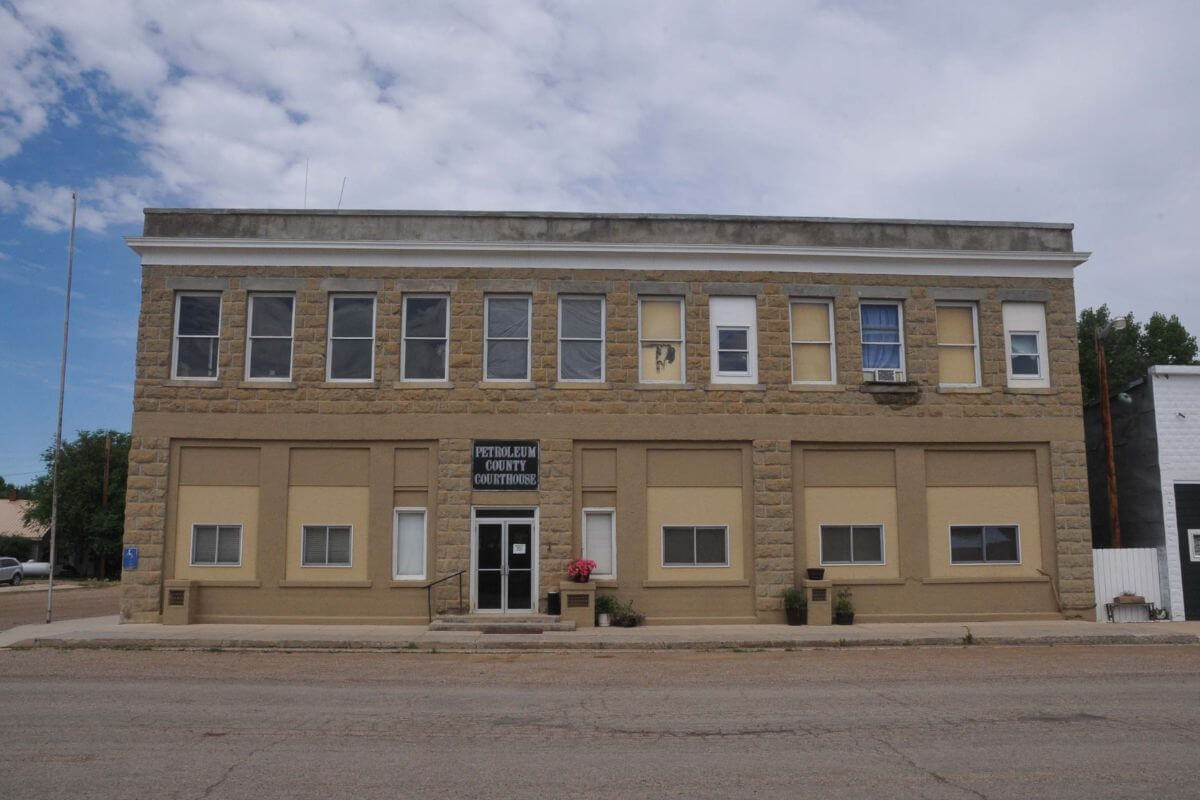
Petroleum County is a rural paradise characterized by its untouched beauty and serene tranquility.
When it comes to land area, this county certainly stands tall, covering a whopping 1,655 square miles.
Here in Petroleum County, there are no urban areas to be found, allowing Mother Nature to reign supreme.
Instead, this rural haven offers a serene sanctuary for those seeking solace in wide-open spaces.
With a population density of 0.3 people per square and a total population of 464 residents, it’s clear that this county places a premium on peace and tranquility.
3. Carter County
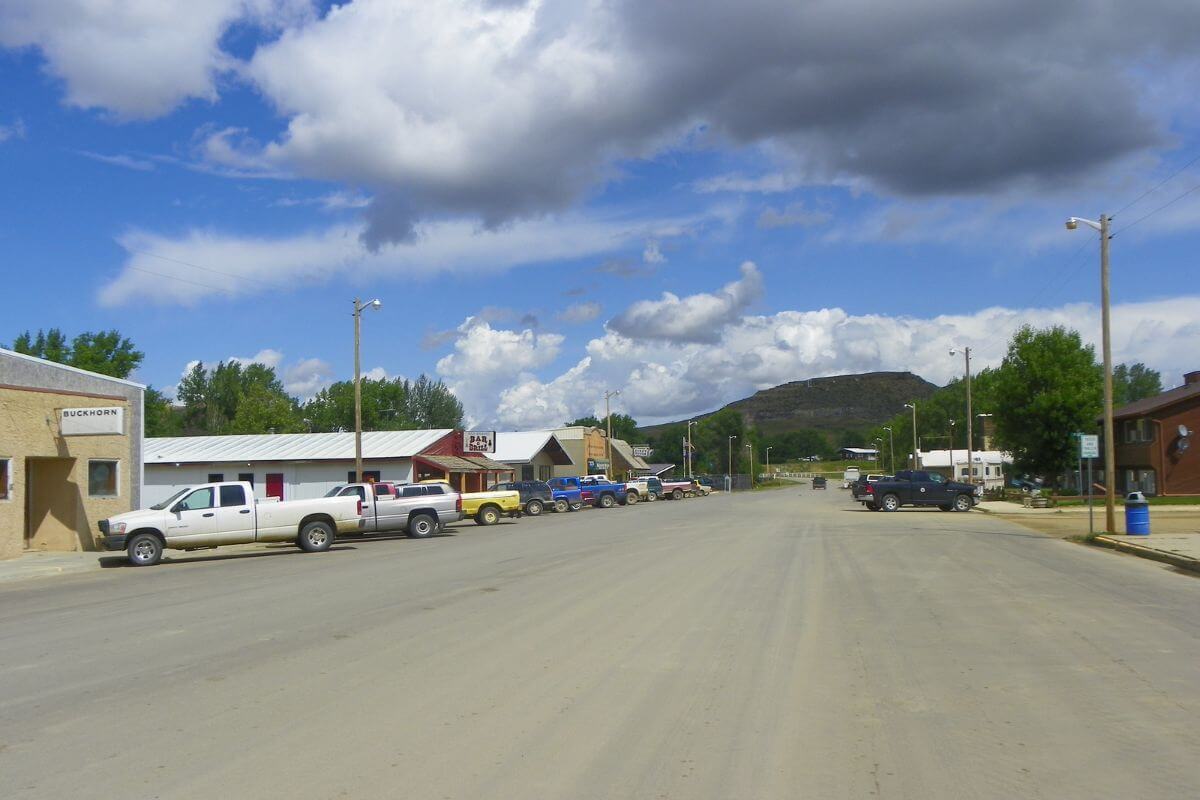
Carter County is a fascinating mix of rural tranquility and pockets of urban activity.
In terms of land area, Carter County spans an impressive expanse of 3,341 square miles. This vast stretch of land offers a diverse range of environments, from picturesque farmlands to thriving urban centers.
The county’s rural areas cover a substantial portion of this land, providing ample space for nature to flourish and for residents to enjoy the serenity of the countryside.
When it comes to population density, Carter County strikes a delicate balance.
With a population density of 0.4 people per square mile, the county manages to maintain a sense of spaciousness while also fostering close-knit communities of 1,305 residents.
4. Powder River County
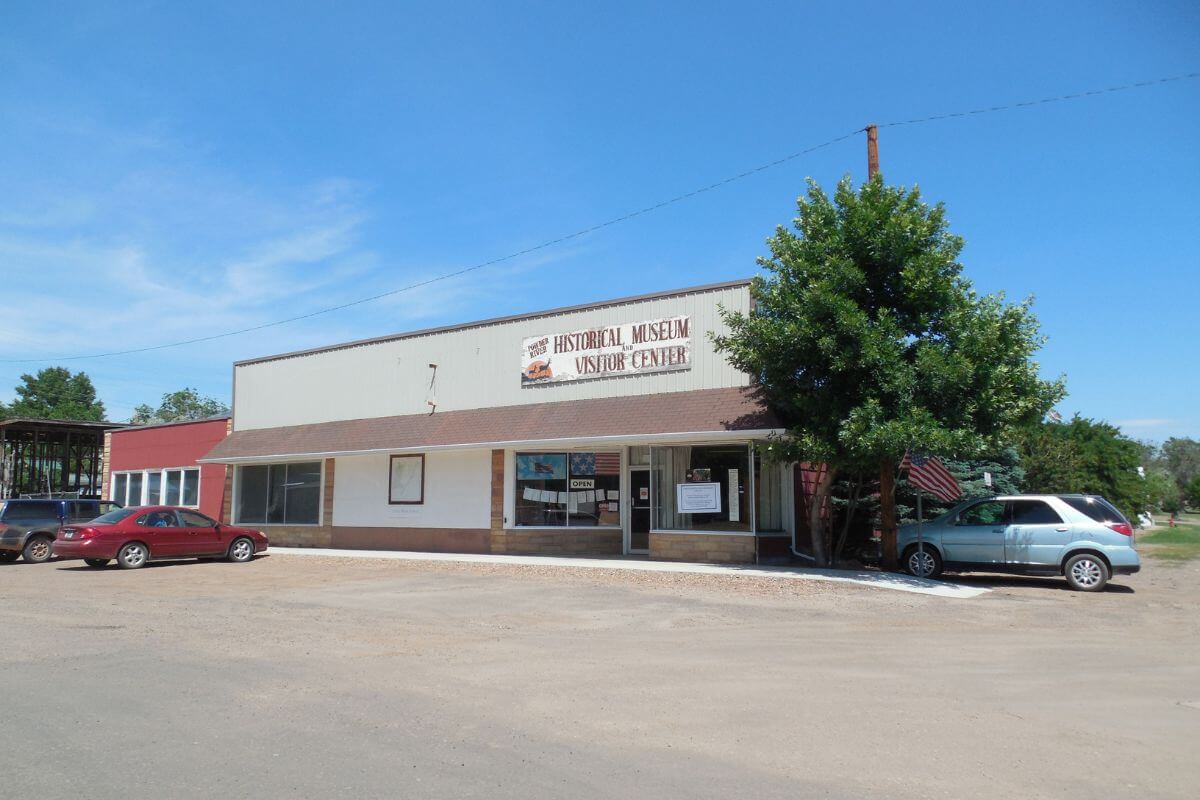
Powder River County, nestled in the picturesque state of Montana, is a rural haven boasting vast open spaces and a sense of tranquility that city dwellers can only dream of.
With a rural area comprising the county’s 3,297 square miles, there is ample room to explore the natural wonders that abound.
With a population density of just 0.5 people per square mile, this translates to a population of approximately 1,634 residents, a tight-knit community where everyone knows each other’s names.
5. Treasure County
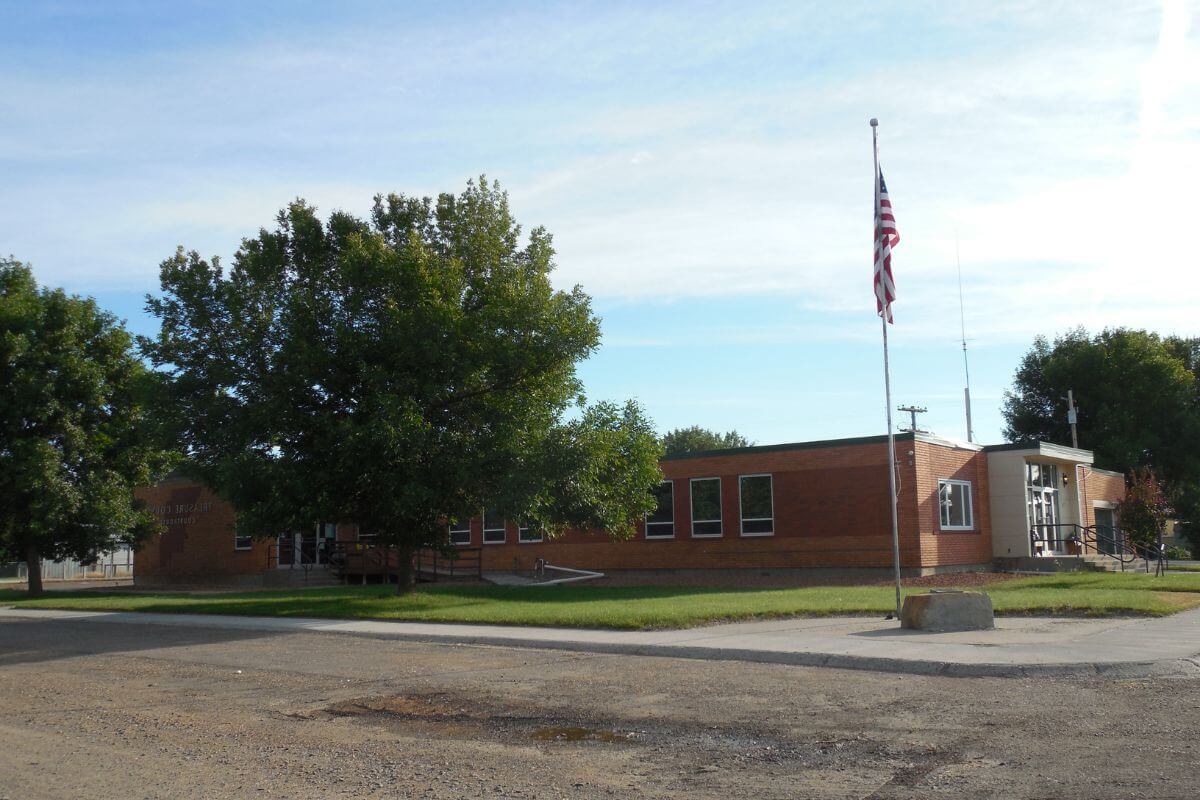
Treasure County, a hidden gem nestled in the heart of Montana, beckons with its distinct blend of rural tranquility and untouched beauty.
With a population density of just 0.6 people per square mile, Treasure County stands as one of Montana’s lowest-density counties.
A tight-knit community spanning an expansive land area of 977 square miles that comprises approximately 614 residents, Treasure County offers solace and inspiration for wanderers seeking natural beauty in its purest form.
6. Prairie County
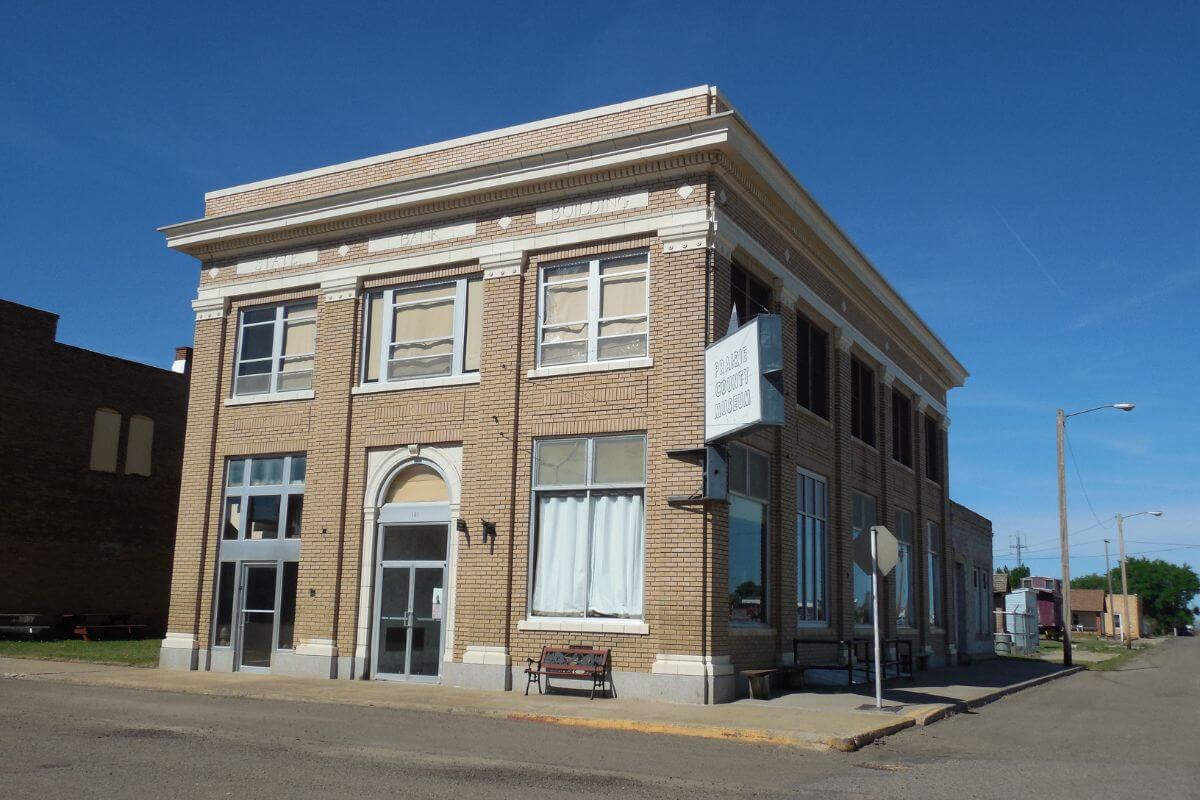
Prairie County, oh how it beckons the wanderer within! As Montana’s sixth most rural county, Prairie County offers a tranquil escape from the bustling urban streets.
Prairie County boasts a vast landscape of 1,737 square miles, offering plenty of space for the wonders of nature and close-knit communities to flourish.
Here, you’ve got just 0.6 folks for every square mile, making it feel like there’s room to breathe. With a cozy population of only 1,162 residents, you’ll discover a sense of tranquility that’s truly one of a kind.
7. McCone County
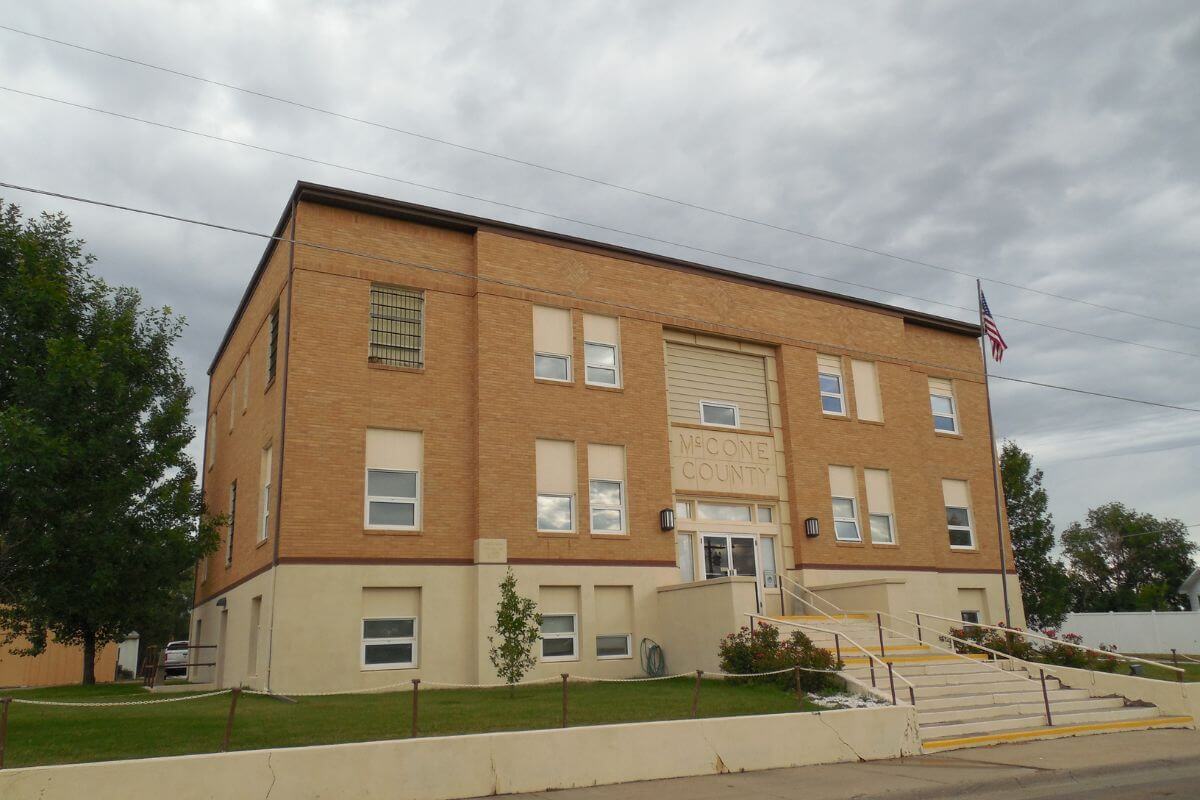
McCone County spreads out over a vast 2,643 square miles, showing off the endless beauty of the Great Plains. This region is Montana’s position in the Great Plains.
Here, you can choose to get lost in the peaceful embrace of nature or dive into the lively rhythm of small-town living – it’s up to you.
When it comes to how many people are around, McCone County proudly has just 0.6 folks for every square mile, adding up to 1,826 residents in total.
In a world that often feels jam-packed and busy, this place with its low population density is like a breath of fresh air. You can savor the calm and tranquility of wide-open spaces.
8. Golden Valley County
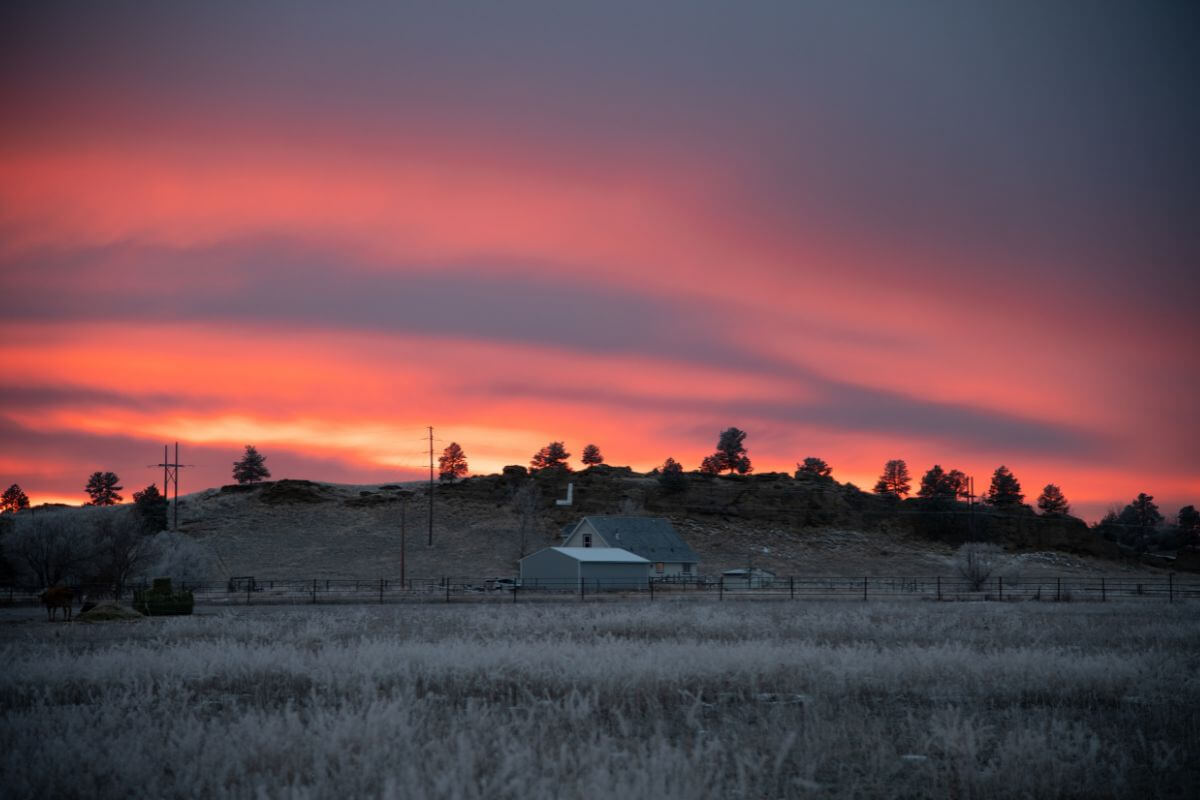
Golden Valley County, a hidden gem nestled in the heart of Montana, is a paradise for those seeking the tranquility of rural living.
With its vast land area spanning over 1,175 square miles, this county offers boundless opportunities to immerse yourself in the awe-inspiring beauty of nature.
When it comes to population density, Golden Valley County stands tall with a mere 0.6 people per square mile.
In a world that often feels crowded and overwhelming, this low-density haven of 814 residents provides a haven of peace and serenity.
Here, you can relish in the freedom and spaciousness of wide-open spaces, where the gentle whispers of the wind become your daily soundtrack.
9. Meagher County
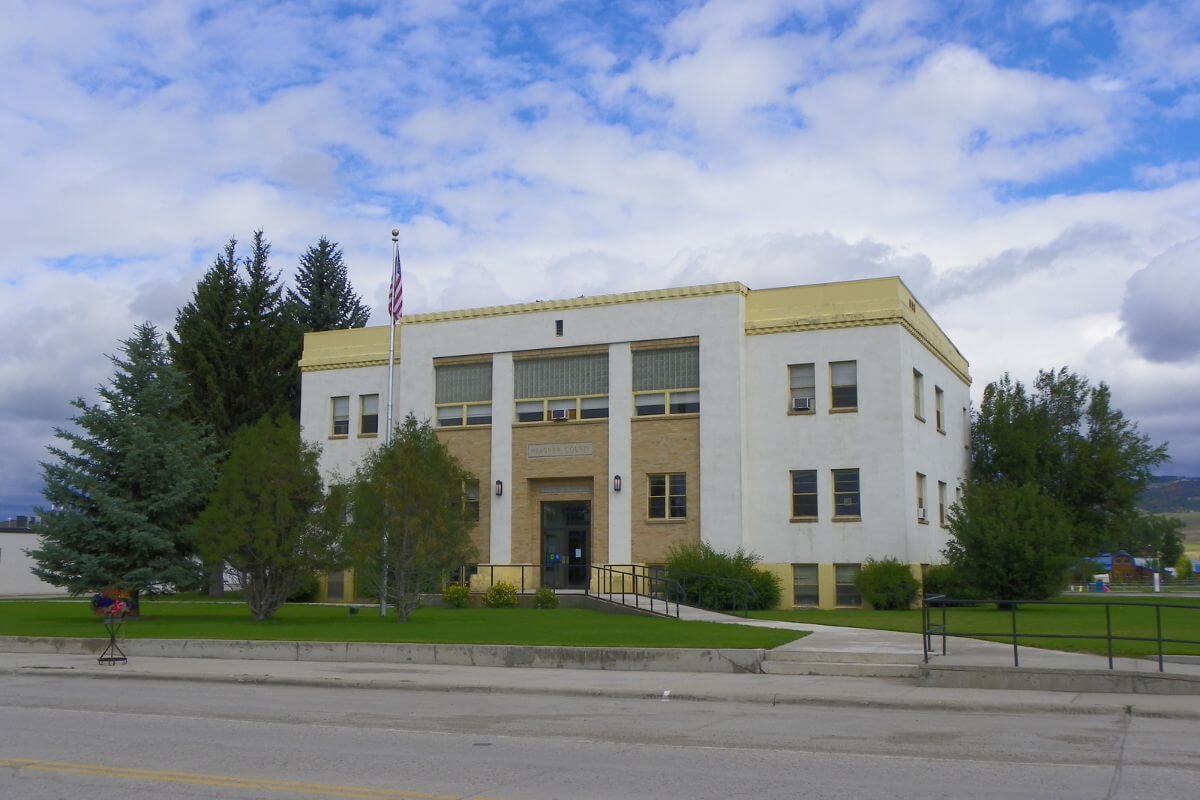
In Meagher County, the allure of rural living is impossible to resist.
With a grand total land area of 2,392 square miles, this county is a paradise for those seeking an escape from the hustle and bustle of city life.
Meagher County offers a tranquil and spacious environment with a population density of just 0.8 people per square mile and a total of 1,795 residents. Here, a sanctuary is offered from the chaos of modern life.
10. Phillips County
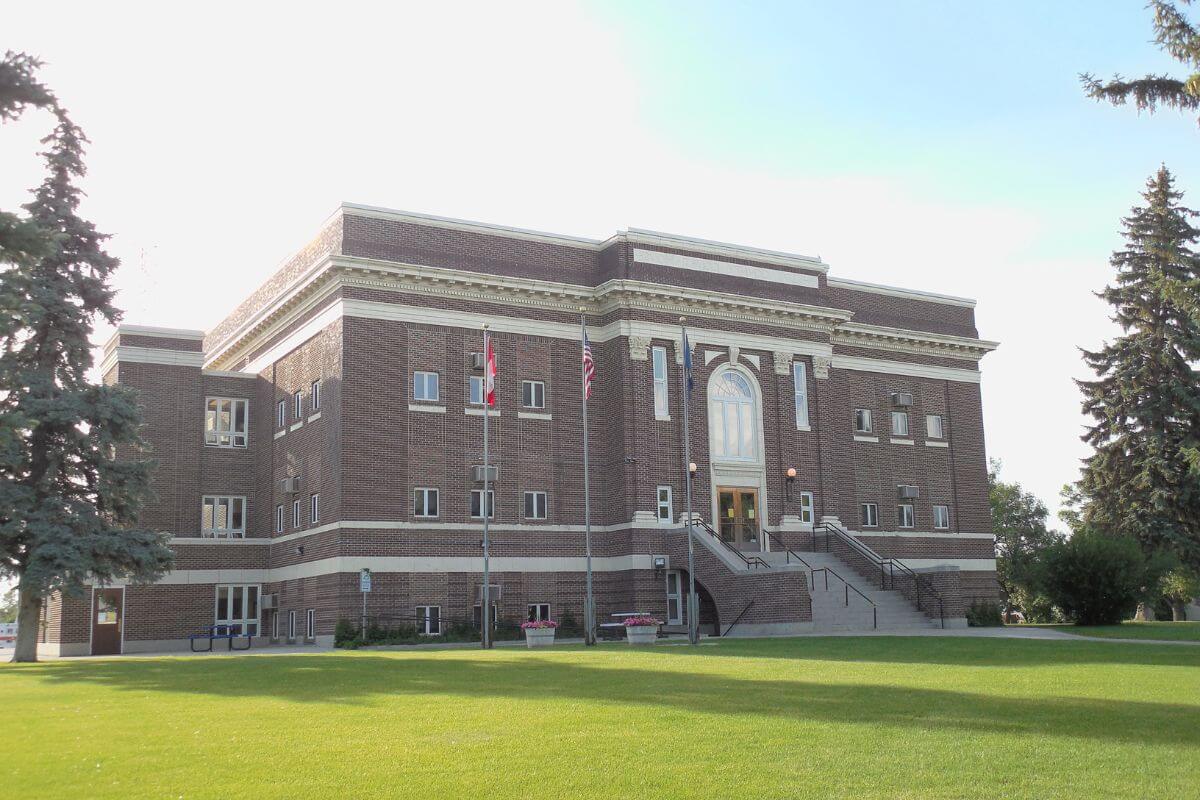
Let me paint a picture for you: a county so rural, so untouched, that it feels like stepping back in time.
With its total land area spanning a staggering 5,140 square miles and total residents up to 4,032 or a population density of 0.8 people per square mile, Phillips County is the epitome of tranquility.
Can you imagine the space, the freedom, the unspoiled beauty that awaits you here?
11. Judith Basin County
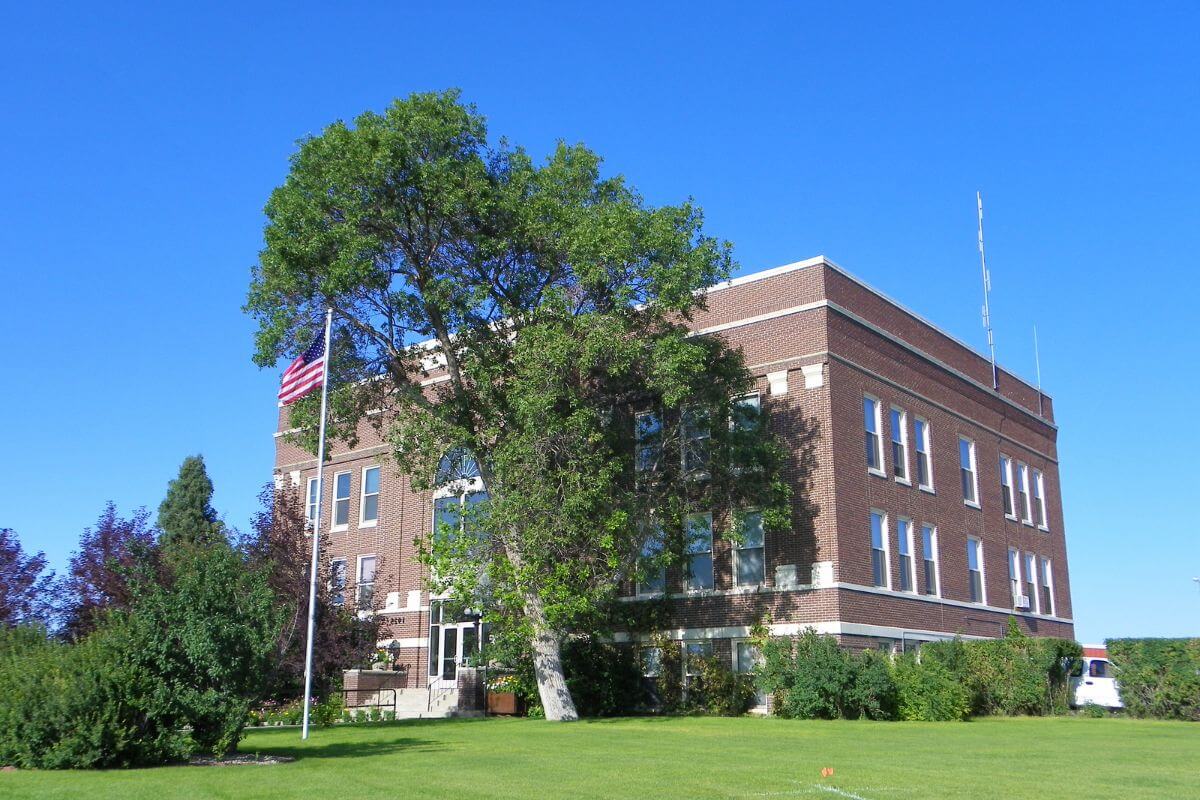
Nestled in the great state of Montana, this charming county boasts a rural area percentage that will make your heart skip a beat.
With a sprawling 1,870 square miles of unspoiled beauty, it’s no wonder that Judith Basin County is a haven for those seeking respite from the hectic pace of the urban population.
With such a low density of 0.6 people per square mile or a total of 1,968 residents, you can truly embrace the freedom and tranquility that rural living offers.
Montana Rural Population
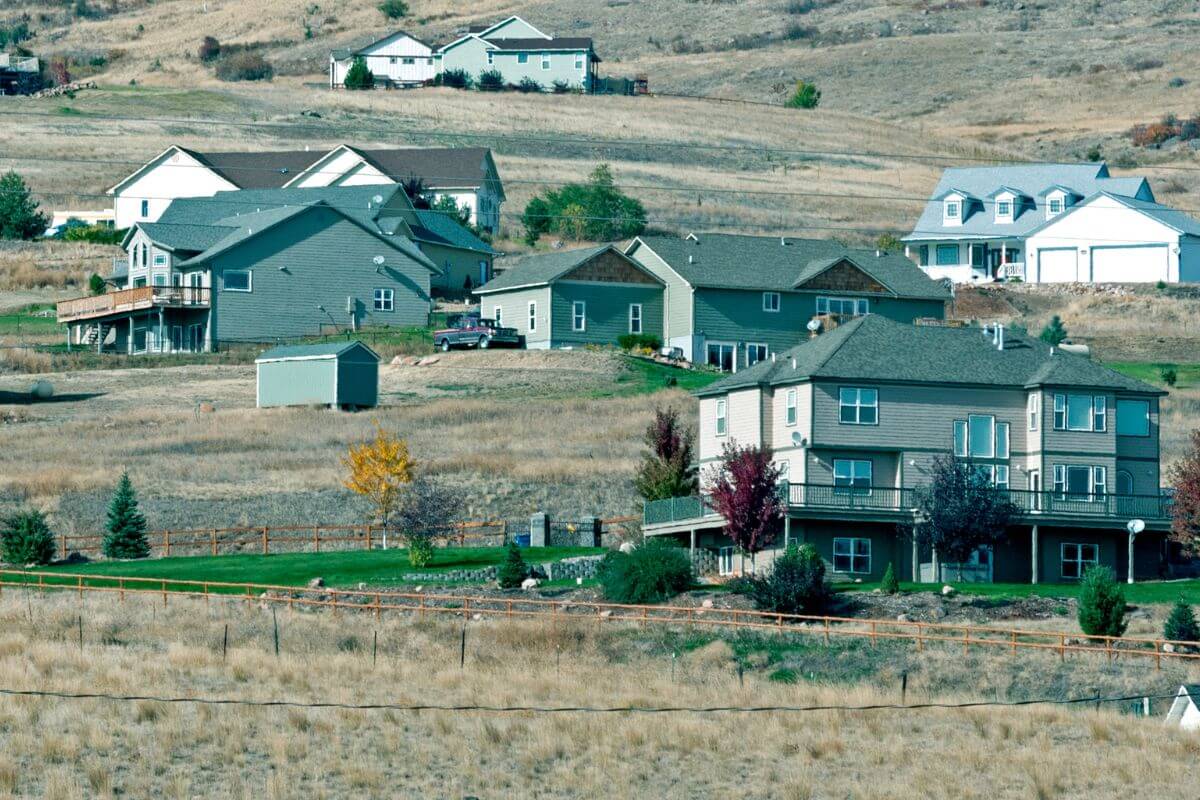
Living in rural Montana is a truly unique experience.
With a total population estimate of 1,122,867 as of 2022, it’s safe to say that the vast majority of Montana’s geographic area is defined as “rural” by the Census Bureau.
In fact, about 44% or 470,000 people in Montana choose to embrace rural living.
When you think of Montana, images of picturesque landscapes and small, tight-knit communities may come to mind.
The majority of Montana’s rural population is concentrated in the western and northern parts of the state, where you’ll find breathtaking national parks, majestic mountain chains, and tranquil water bodies.
However, the eastern and southern parts of the state are more sparsely populated, with some counties having a population density of less than 1 person per square mile.
Montana proudly holds the position of being the 8th least populated and 3rd least dense state in the United States.
This may seem surprising to some, but it’s an integral part of what makes Montana so captivating.
Its allure lies in its rustic essence showcased through its magnificent national parks, towering mountain chains, tranquil water bodies, and harmonious local neighborhoods.
Counting the rural population in Montana comes with its own set of challenges.
Many rural areas lack traditional mailing addresses, making it difficult to accurately track the population. Limited internet access further complicates the counting process.
Despite these challenges, Montana’s rural population contributes to the state’s rich tapestry of culture, heritage, and natural beauty.
When it comes to rural counties, Montana has plenty to offer.
Counties like Phillips County take center stage, defined by a significant percentage of land area that is considered rural.
These counties are a testament to the vast expanses of untamed beauty and the close-knit communities that thrive in Montana’s rural regions.
While the numbers may be low compared to more densely populated areas, the charm and tranquility of rural living make it an enticing choice for those seeking a slower pace of life and a deeper connection to nature.
Montana Rural Challenges and Growth
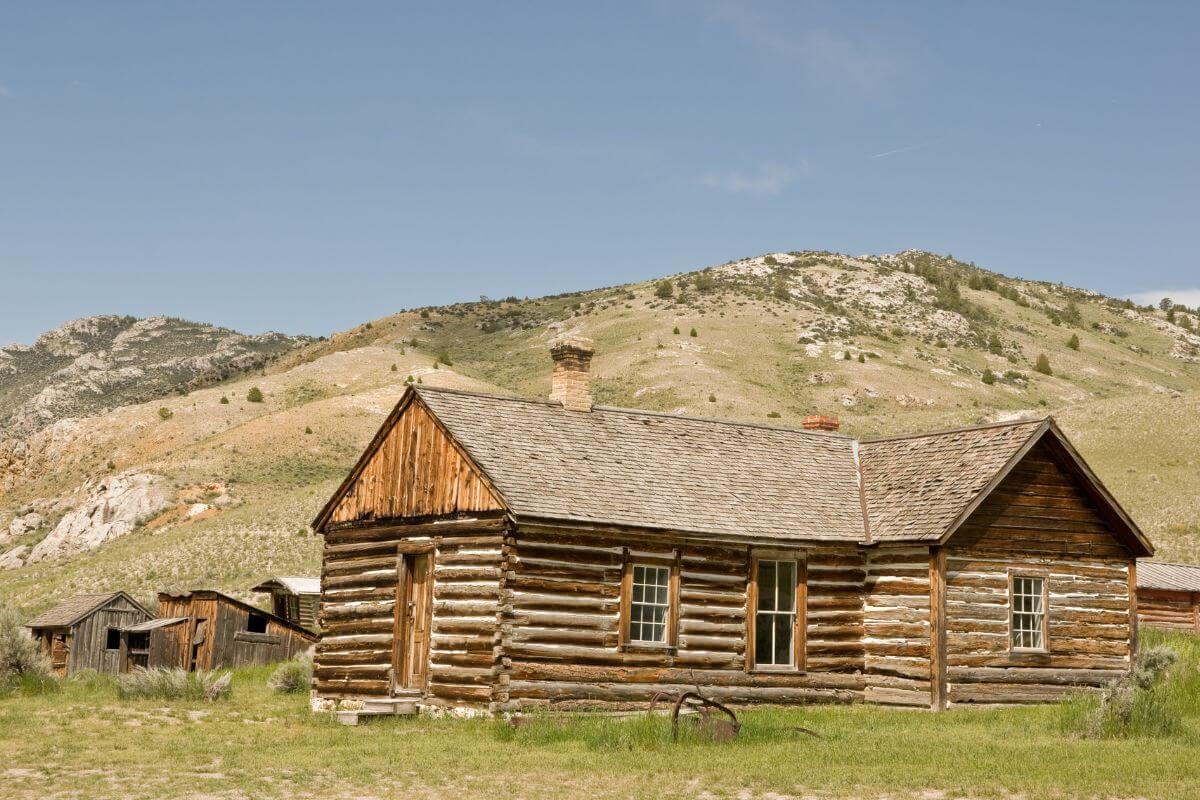
The challenges faced by rural communities are undeniable, but the potential for growth and development remains immense.
By addressing the unique needs of these areas, we can create a future where rural Montana thrives alongside its urban counterparts. Here are some challenges that rural Montana faces:
- Counting the Elusive Population – Limited internet access and the absence of regular mailing addresses create challenges in accurately counting residents, impacting issues such as federal funding and representation, where precision is crucial for resource allocation and political influence.
- Balancing Prosperity and Opportunity – Montana’s economy thrives through agriculture, tourism, and resource extraction, fostering prosperity, though these sectors offer limited rural employment, causing residents to pursue urban prospects and reshape rural community dynamics.
- Bridging the Healthcare Divide – Montana’s scenic beauty hides healthcare accessibility issues, with limited medical facilities and provider shortages forming a healthcare gap that requires urgent attention to bridge the quality care divide between rural and urban areas.
Over the past two decades, the urban areas of Montana have charted a trajectory of growth that outpaces their rural counterparts.
While urbanization plays a role, the story is more intricate.
Education, innovation, and knowledge distribution have become catalysts of change, influencing economic growth patterns.
Counties with higher levels of bachelor’s degree attainment have unlocked better employment prospects, underscoring education’s role in fostering rural economic development.
In the face of these challenges, the remarkable growth and potential of Montana’s rural areas cannot be overlooked.
Is Montana Considered Rural Final Thoughts
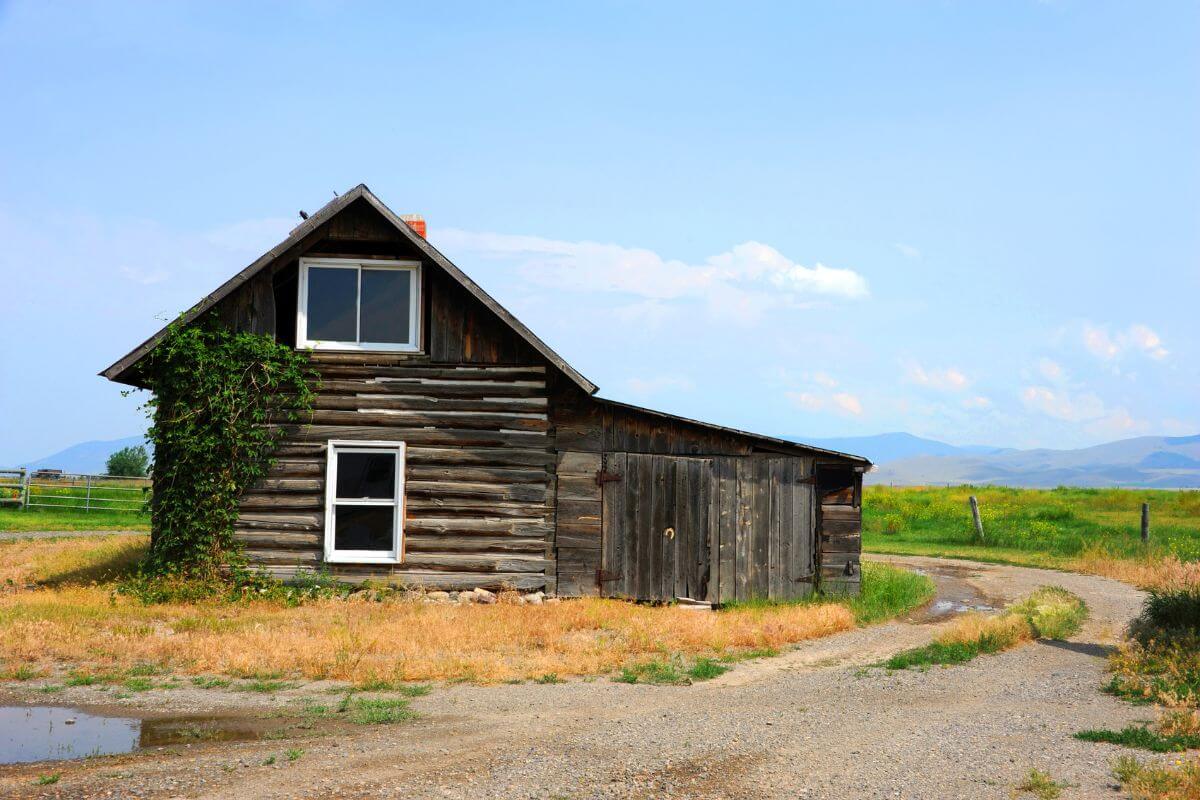
Montana is known for its rural character, and a substantial part of its population lives in rural communities.
An accurate count of the population in these vast, open spaces is not just a matter of curiosity; it holds significant implications for federal funding, local voting districts, and potential representation in Congress.
Without an accurate count, these rural areas may be overlooked, leaving them without the resources they desperately need.
With a low population density, Montana’s rural communities often have smaller and more tight-knit neighborhoods. These serve as important anchors for communities, fostering a sense of belonging and providing quality education.
Montana’s rural character is a significant aspect of its identity.
It is a state with vast expanses of natural beauty, close-knit communities, and unique challenges.
By recognizing and supporting its rural population, Montana can continue to thrive and preserve its distinct rural charm.
Is Montana Considered Rural FAQs
1. Is Montana a Good Place to Live?
Yes, Montana is a good place to live! With its scenic towns and charming downtowns, it offers a unique and picturesque setting for residents to call home.
Not only that, but Montana also provides access to quality healthcare, even in rural areas. Plus, the state offers additional resources and amenities that make it an attractive place to live.
2. Where Do Most People Live in Montana?
The largest city in Montana is Billings, boasting a population of 119,960.
It’s a thriving urban center and the economic hub of the state. But don’t let the word “urban” fool you.
As the most populated city in Montana, it still has a small-town charm that’s hard to resist.
3. Does Montana Have Urban Areas?
Yes, Montana has urban areas. According to the Census Bureau, the state has a total of 33 urban areas, consisting of 3 urbanized areas and 30 urban clusters.
Explore Montana further by giving these other articles a read:
- Does Montana Belong to Midwest
- Montana and Its Canadian Connection
- Montana’s Northwest Connection
- Is Montana Part of the West Coast
- https://www2.census.gov/geo/pdfs/reference/ua/Defining_Rural.pdf
- https://mtgis-portal.geo.census.gov/arcgis/apps/MapSeries/index.html?appid=49cd4bc9c8eb444ab51218c1d5001ef6
- https://lmi.mt.gov/_docs/Publications/EAG-Articles/1217-RuralEconomy.pdf
- https://www.umt.edu/this-is-montana/columns/stories/montana_regions_2of3.php
- https://commons.wikimedia.org/wiki/File:WINNETT_BLOCK,_PETROLEUM_COUNTY
- https://www.flickr.com/photos/jstephenconn/7020673579
- https://www.flickr.com/photos/auvet/14687135715/
- https://www.flickr.com/photos/auvet/14655099454
- https://www.flickr.com/photos/auvet/14665090772
- https://www.flickr.com/photos/auvet/28368325915
- https://www.flickr.com/photos/jstephenconn/3866787034
- https://www.flickr.com/photos/auvet/14687561415
- https://www.flickr.com/photos/jstephenconn/7002616473

